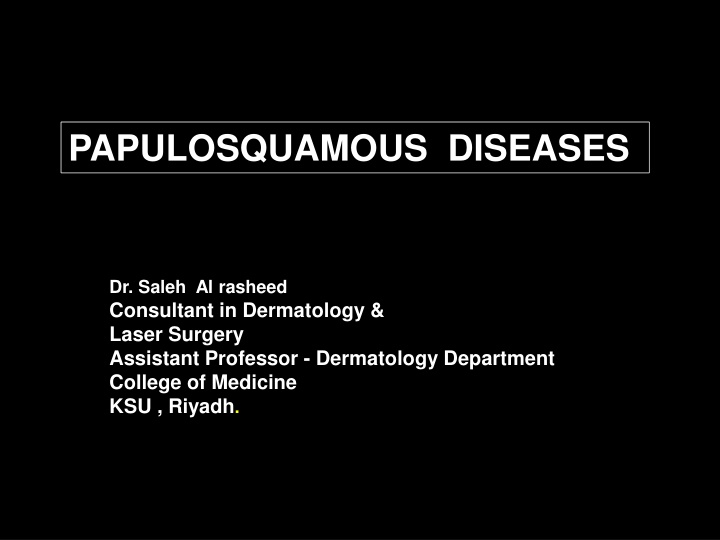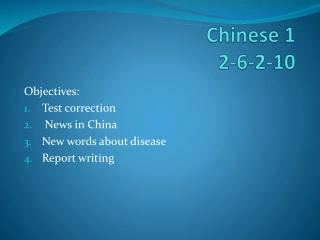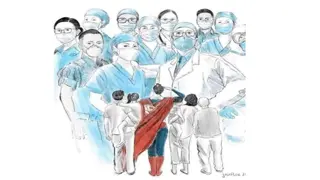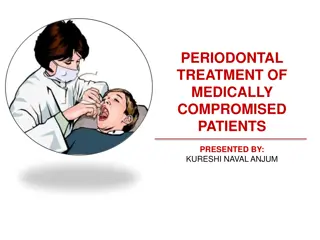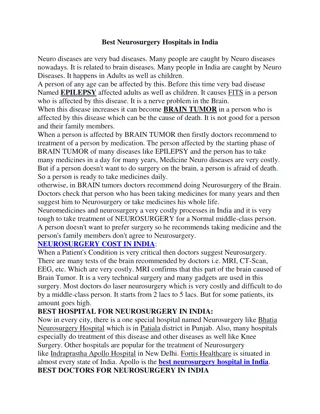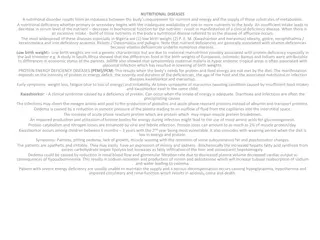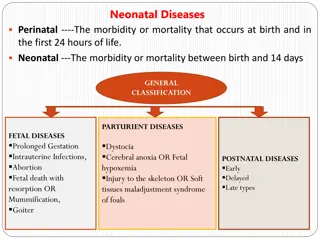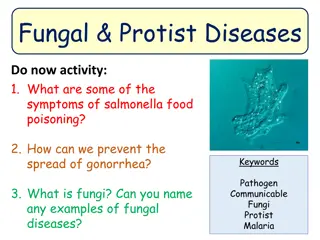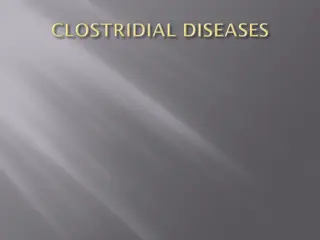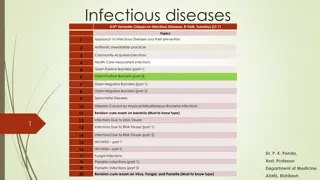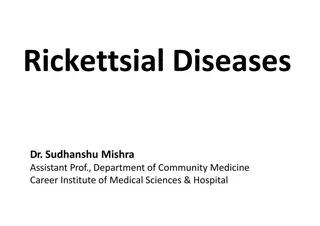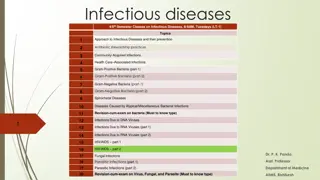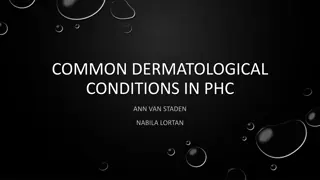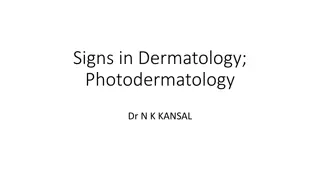Overview of Papulosquamous Dermatological Diseases
Papulosquamous diseases involve papules with scales and encompass conditions like psoriasis, lichen planus, and pityriasis rosea. Psoriasis, a common papulosquamous disease affecting 2-3% of the population, presents with relapsing episodes, triggered by factors such as infections, drugs, and stress. Genetic factors play a role in psoriasis development, involving the immune system and specific histocompatibility antigens.
Download Presentation

Please find below an Image/Link to download the presentation.
The content on the website is provided AS IS for your information and personal use only. It may not be sold, licensed, or shared on other websites without obtaining consent from the author.If you encounter any issues during the download, it is possible that the publisher has removed the file from their server.
You are allowed to download the files provided on this website for personal or commercial use, subject to the condition that they are used lawfully. All files are the property of their respective owners.
The content on the website is provided AS IS for your information and personal use only. It may not be sold, licensed, or shared on other websites without obtaining consent from the author.
E N D
Presentation Transcript
PAPULOSQUAMOUS DISEASES Dr. Saleh Al rasheed Consultant in Dermatology & Laser Surgery Assistant Professor - Dermatology Department College of Medicine KSU , Riyadh.
Papulosquamous diseases are those in which the primary lesions typically consist of papules with scale
The category of papulosquamous disease classically includes : -Psoriasis -Lichen planus -Pityriasis rosea -Seborrheic dermatitis -Pityriasis rubra pilaris -Secondary syphilis -discoid lupus erythematosus, -Ichthyosis- -Miscellaneous (mycosis fungoides,) -
Prevalence Psoriasis occurs in 2%(1-3%) of the world s population Equal frequency in males and females May occur at any age from infancy to the 10th decade of life First signs of psoriasis Females mean age of 27 years Males mean age of 29 years 5
Prevalence Two-thirds of patients have mild disease One-third have moderate to severe disease Early onset (prior to age 15) Associated with more severe disease More likely to have a positive family history Life-long disease Remitting and relapsing unpredictably Spontaneous remissions of up to 5 years have been reported in approximately 5% of patients 6
Genetics and Pathogenesis Psoriasis and the Immune System The major histocompatibility complex (MHC) Short arm of chromosome 6 Histocompatibility Antigens (HLA) HLA-Cw6 HLA-B13, -B17, -B37, -Bw16 T-lymphocyte-mediated mechanism 8
Triggering factors Triggering factors> Infections- streptococcal pharyngitis/tonsillitis Drugs- NSAID, beta blockers, lithium, antimalarials, corticosteroids Trauma- Koebner phenomenon Pregnancy Stress Alcohol Sunlight- worsening in ~10% of patients although majority beneficial to sun exposure
Psoriasis : clinical features Well defined & circumscribed plaque Erythematous Silvery scaling Symmetrical Extensors of limbs, scalp, sacral area Auspitz s s sign: light scraping of the scale with a wooden spatula produces multiple bleeding points extreme thinning of the epidermis over the capillary laden dermal papillae Well defined & circumscribed plaque Erythematous Silvery scaling Symmetrical Extensors of limbs, scalp, sacral area sign: light scraping of the scale with a Auspitz wooden spatula produces multiple bleeding points the capillary laden dermal papillae extreme thinning of the epidermis over
Psoriasis as a Systemic Disease Koebner Phenomenon Elevated ESR Increased uric acid levels gout Mild anemia Elevated 2-macroglobulin Elevated IgA levels Increased quantities of Immune Complexes 12
Clinical Types of Psoriasis A. Non-pustular Psoriasis B. Pustular Psoriasis Localized Generalized C. Erythrodermic Psoriasis D. Psoriatic arthritis
A. A. Non Non- -pustular pustular Psoriasis Psoriasis Chronic Plaque Psoriasis Regional Psoriasis Scalp Psoriasis Palmo-plantar Psoriasis Inverse Psoriasis (Flexural) Nail Psoriasis Guttate Psoriasis
Chronic Plaque Psoriasis ~80% of psoriasis Characteristic erythematous well defined circumscribed silvery scaly patches/ plaques Koebner phenomenon Appearance of psoriasis in sites of skin trauma or pressure e.g. scratch marks, operation sites . Present in lichen planus, vitiligo, viral wart Atypical with no scaling in moist flexural intertriginous area
Chronic Plaque Psoriasis Most Common Variant Plaques may be as large as 20 cm Symmetrical disease Sites of Predilection Elbows Knees Presacrum Scalp Hands and Feet 17
Chronic Plaque Psoriasis May be widespread up to 80% BSA Genitalia involved in up to 30% of patients Most patients have nail changes Nail pitting Oil Spots Involvement of the entire nail bed Onychodystrophy Loss of nail plate 18
Auspitzs sign: light scraping of the scale with a wooden spatula produces multiple bleeding points extreme thinning of the epidermis over the capillary laden dermal papillae
Koebner phenomenon Appearance of psoriasis in sites of skin trauma or pressure e.g. scratch marks, operation sites . Present in : lichen planus, vitiligo, viral wart
Scalp Psoriasis Common Well demarcated erythematous silvery scaly plaque with normal skin intervening Post-auricular area commonly involved Non scarring alopecia when severe, regrow when condition improve DDx with seborrhoeic dermatitis by presence of typical plaque elsewhere +/- psoriatic nail changes
Palmoplantar Psoriasis Common Indurated heavily scaled plaque +/- fissuring Well-demarcated DDx with foot/ hand eczema
Nail Psoriasis ~50% of psoriasis have nail changes Pitting Onycholysis (separation of nail plate from nail bed) Oil drop sign (a yellow brown, subungual spot surrounded by erythema) Subungual hyperkeratosis Secondary onychomycosis is common
Guttate Psoriasis Latin gutta means a drop Mainly affects children and young adults Characterized by numerous 0.5 to 1.5 cm papules /plaques Very small plaques generalized with centripetal distribution May coalescent into larger plaques Preceded by streptococcal tonsillitis or pharyngitis 2 weeks before onset Spontaneous remissions in children Often chronic in adults
Flexural Psoriasis Psoriasis affecting axillae, perineum and umbilicus Atypical psoriasis as friction & humidity removes the scale (diagnostic confusion) Irritating when sweating
LifeThreatening Forms of Psoriasis Generalized Pustular Psoriasis Erythrodermic Psoriasis 26
Palmoplantar Pustular Psoriasis Relatively uncommon variant Painful, sterile pustules develop within plaque at palms and soles Pustules resolve to leave post inflammatory hyperpigmentation Female predominance 20% associated with psoriasis elsewhere Almost exclusively associated with smoking Resistant to topical treatment
Generalized Pustular Psoriasis Von Zumbusch s disease Erythematous edematous plaques studded with monomorphic sterile pustules. often after short episodes of fever of 39 to 40 C Weight loss , Muscle Weakness, Hypocalcemia Leukocytosis , Elevated ESR Precipitated by : withdrawal of oral steroid or widespread use of ultra potent topical steroid pregnancy Can be life-threatening due to fluid loss, sepsis
Erythrodermic Psoriasis >90% of BSA affected Life threatening with transcutaneous fluid loss, temperature dysregulation, sepsis, high output, cardiac failure Other DDx of erythroderma- atopic eczema, drug eruption , cutaneous T cell lymphoma, pityriasis rubra pilaris
Erythrodermic Psoriasis Triggering Factors Systemic Infection Withdrawal of high potency topical or oral steroids Withdrawal of Methotrexate Phototoxicity Irritant contact dermatitis 31
Drug-provoked (Induced)psoriasis: Reported agent MOST COMMONLY ASSOCIATED AGENTS Beta blockers Lithium AntimalarialA nti-Inflammatory Drugs Nonsteroidal Anti-Inflammatory Drugs
Psoriatic Arthritis ~10% of chronic plaque psoriasis Only ~15% of cases with skin and joint disease begin simultaneously ~60% of skin disease precedes arthritis ~25% of arthritis precedes skin disease Probably a positive correlation between severity of skin disease and arthritis developing Association: HLA B27: sacro-ileitis; B38 and DR7: peripheral arthritis; B39: all types; DR4: symmetrical arthritis
5 Types of Psoriatic Arthropathy Classical distal arthropathy-distal IP joint Seronegative RA-like polyarthritis Oligoarticular asymmetrical arthritis Spondyloarthropathy- Ankylosing spondylitis- like Arthritis mutilans
Psoriatic Arthritis treatment NASIDs- may exacerbate psoriasis Methotrexate Sulphasalazine Cyclosporine Systemic steroid- may make the skin lesions more difficult to control Biologics
Histopathological changes Inflammation Epidermal keratinocyte hyperproliferation ( parakeratosis) incomplete cornification of keratinocytes with retention of nuclei (acanthosis), irregular thickening of the epidermis over the rete ridges but thinning over dermal papillae (munro abscesses) epidermal polymorphonuclear leucocyte infiltrates Vascular proliferation :dilated capillary loops in the dermal papillae
Laboratory findings Elevated uric acid Mild anemia Negative nitrogen balance Increase sedimentation rate Increase alpha-2-microglobulin Incresae IgA and IgA immune complex
Differential diagnosis Erythroderma Atopic dermatitis Sezary syndrome Drug eruption Generalized contact dermatitis Intertrigenous psoriasis Candidiasis Contact dermatitis Darier s disease
Differential diagnosis Psoriasis vulgaris Nummular eczema Mycosis fungoides, plaque stage Tinea corporis Guttate psoriasis Pityriasis rosea Pityriasis lichenoides et varioliformis Syphillis Tinea corporis
Differential diagnosis Nail psoriasis Tinea ungium Dyskeratosis : secondary to injury Scalp and face Seborrheic dermatitis Genitalia In situ squamous cell CA
Treatment Options Treatment Options Monotherapy Combination therapy Rotational therapy Sequential therapy
